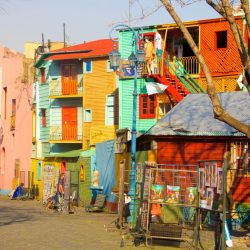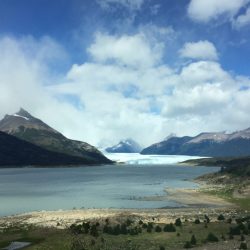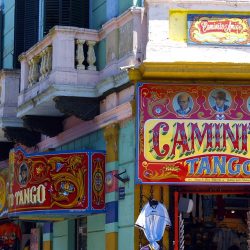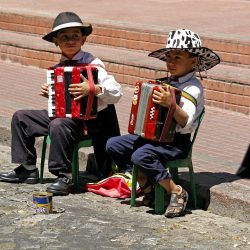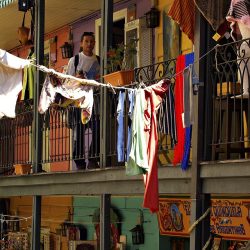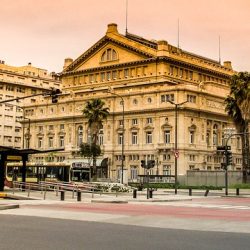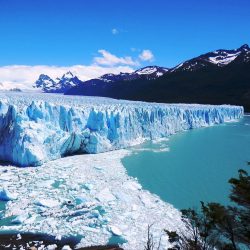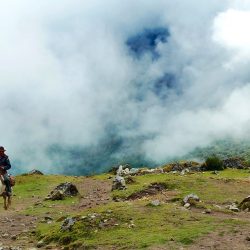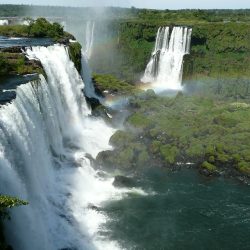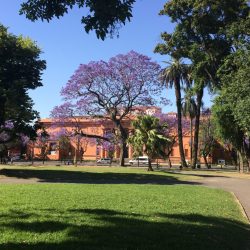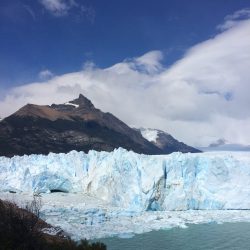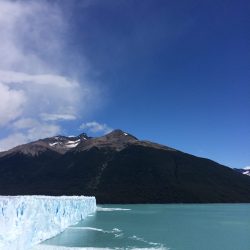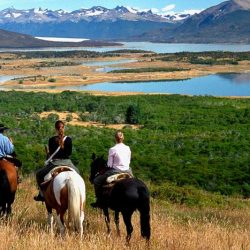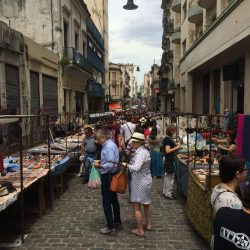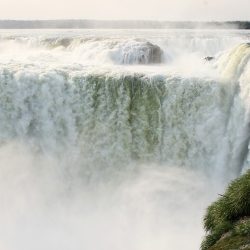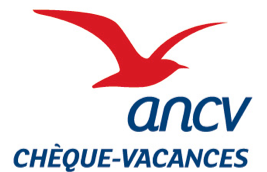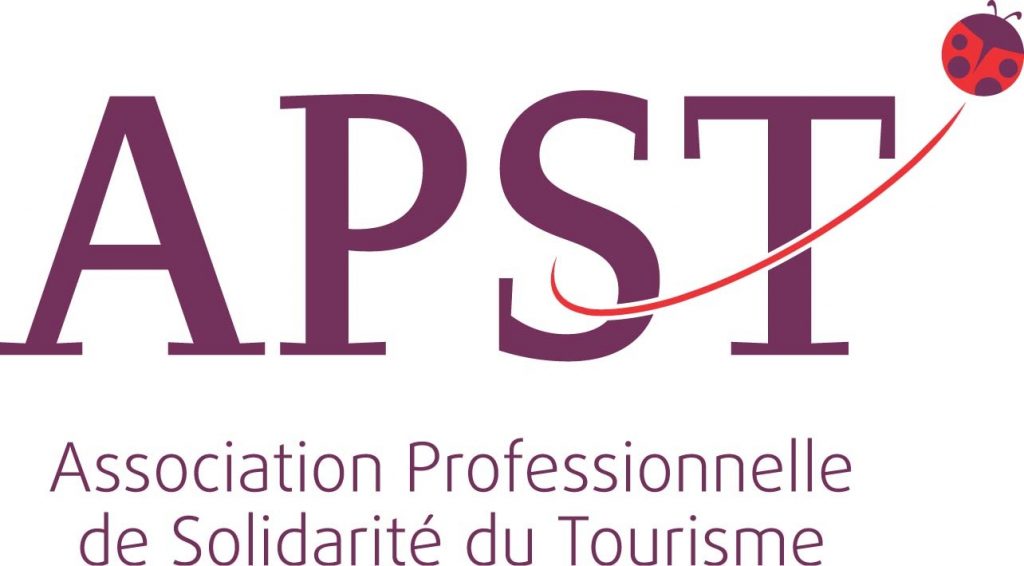- Human Trip takes you to the heart of Argentina's Argentinians, by the byways, to combine the emotion of two of the most extraordinary natural splendours on this planet, the famous Iguazú Falls and the monumental glaciers of El Calafate, with a human encounter with the M'byás Indians of Misiones and the cowherds of Santa Cruz - Argentina from north to south, via the popular tango of the Buenos Aires cafés...
- Our tours can be customised.
- Don't hesitate to ask us about your tastes and wishes. The holiday will be adapted accordingly.
- Alternative domestic transport - a Human Trip suggestion
- For distances of up to 1,000 km throughout the northern part of the country (from Buenos Aires-Mendoza to the borders with Brazil, Paraguay, Bolivia and Peru), travelling by coach is an opportunity to discover the reality of the country at the pace of Argentines, to take the pulse of its relief (or lack of it) and to gauge the American-ness of this country that sometimes believes itself to be European and is so little so.
- The coaches offer a very high standard of comfort (higher than that of European coach operators).
- Throughout the journey, a steward or hostess is at the service of passengers, just like on board an airliner.
- The best companies serve a hot meal instead, with a choice of drink + tea or coffee, and then breakfast the next day, before arrival.
- Other operators make do with a motorway service area where a meal has been booked (without choice, but included in the price of the ticket).
- For some programmes, this mode of transport, which is very popular with Argentines, can significantly reduce the total cost of your trip or extend it within the same budget.
- Long-distance trains, on the other hand, are not recommended. The rail network is hardly reliable, delays are frequent and comfort is very uncertain.
- For more information on Argentina and its assets
- check out the Human Trip blog on this site
- and that of our consultant, Denise Anne Clavilier, who provides daily news in French on Argentina's cultural, social, political and economic scene: Barrio de Tango.


